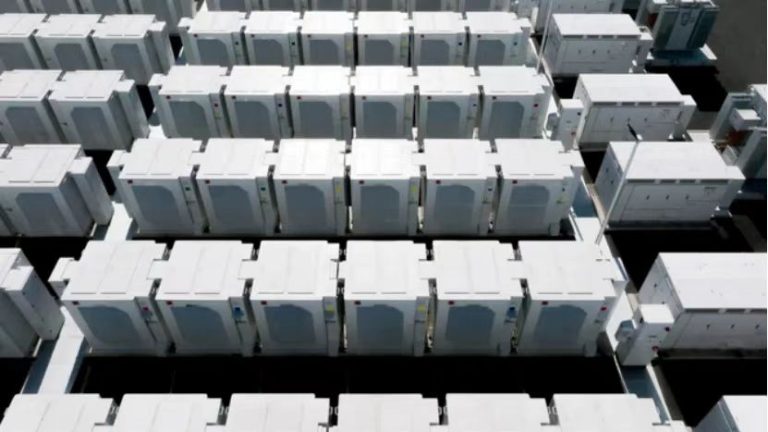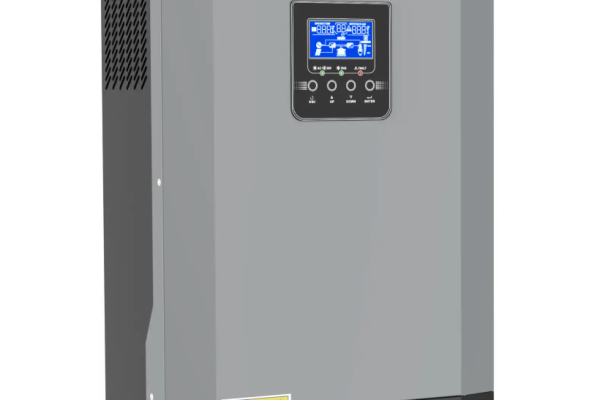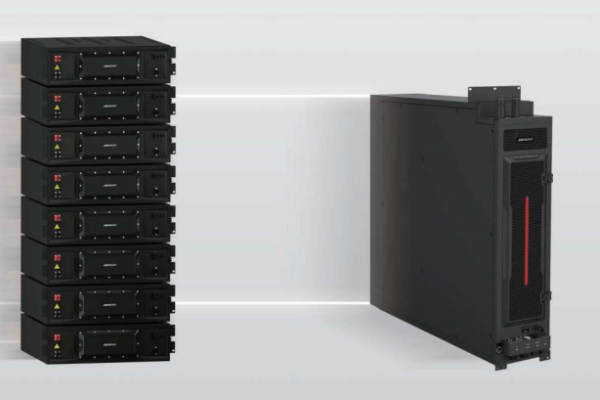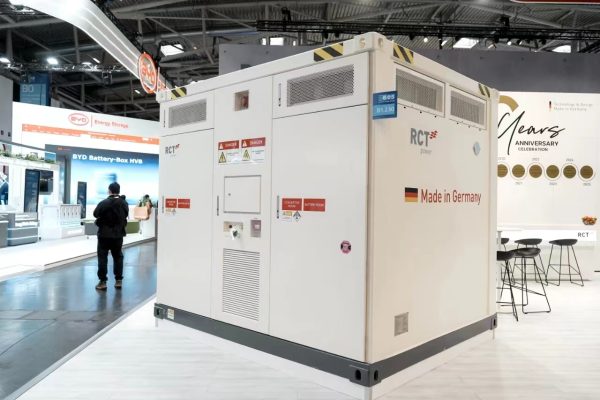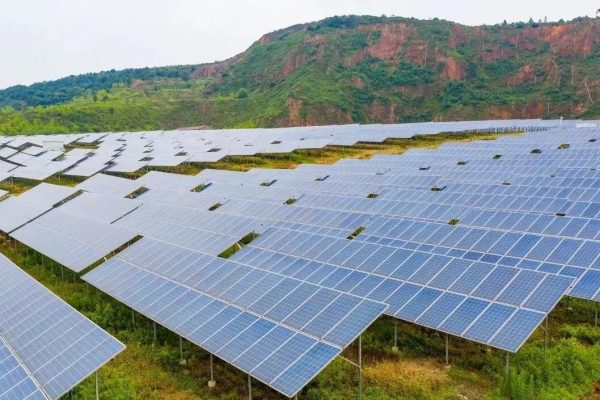Breaking Down Costs, Savings, and ROI for Small and Medium Enterprises
1. The Affordability Question
For small and medium-sized enterprises (SMEs), the idea of installing an energy storage system (ESS) is often attractive—cut electricity bills, improve energy resilience, and enhance sustainability. But the key question remains:
Can SMEs realistically afford it, and will it pay off?
The answer depends on a clear understanding of real numbers: system costs, operating expenses, incentives, and savings potential.
2. The Typical SME Energy Profile
While every SME is different, most share common energy characteristics:
- Daytime peak usage for offices, retail spaces, and workshops
- Evening demand for hospitality, cold storage, or manufacturing with extended shifts
- Sensitivity to energy price volatility
- Growing interest in solar + storage as a hedge against rising tariffs
3. Breaking Down ESS Costs for SMEs
A. Battery Pack Cost
- Commercial-grade LiFePO₄ batteries: $400–600/kWh (installed price)
- Example: A 100 kWh system may cost $45,000–$60,000 depending on brand and integration
B. Inverter & Control System
- Commercial hybrid inverters: $150–250/kW
- For a 30 kW inverter, budget around $5,000–7,500
C. Installation & Balance of System (BoS)
- Wiring, switchgear, fire protection, commissioning: 10–20% of total equipment cost
D. Total Turnkey System Estimate
| Battery Size | Total Installed Cost (USD) |
|---|---|
| 50 kWh | $30,000–$38,000 |
| 100 kWh | $50,000–$65,000 |
| 200 kWh | $90,000–$120,000 |
4. Incentives and Financing
- Grants and subsidies (e.g., EU Horizon programs, US federal tax credits, Australia’s business energy efficiency incentives)
- Accelerated depreciation for energy-efficient assets
- Power purchase agreements (PPAs) and leasing models reduce upfront cost
- Many SMEs choose loan repayment periods of 5–7 years to match ESS lifespan
5. Calculating the ROI
Let’s take a real-world example for a retail SME:
- Daily excess solar: 80 kWh
- Evening consumption: 60 kWh
- Peak tariff: $0.28/kWh
- ESS size: 100 kWh usable
- Installed cost: $55,000
Annual savings calculation:
- Stored energy used daily: 60 kWh × 365 = 21,900 kWh/year
- Savings: 21,900 × $0.28 = $6,132/year
- Payback period = $55,000 ÷ $6,132 ≈ 9 years (before incentives)
With a 30% subsidy, payback drops to ~6 years.
6. Hidden Value Beyond ROI
While pure payback matters, SMEs also gain:
- Energy resilience against blackouts or unstable grids
- Tariff optimization by shifting load from high to low cost periods
- Sustainability branding that attracts eco-conscious customers
- Integration readiness for EV charging or future energy services
7. When It Makes the Most Sense for SMEs
SMEs should seriously consider ESS if:
- Peak tariffs exceed $0.20/kWh
- They already have a solar PV system producing significant midday surplus
- Energy outages cause operational disruption or revenue loss
- Incentives cover 20–40% of project cost
- Yes, SMEs can afford ESS—especially with financing and incentives
- Payback periods typically range 5–9 years, shorter in high-tariff markets
- Non-financial benefits like resilience and sustainability often seal the deal
- The smartest path is right-sizing the system for daily usage, not just going big





